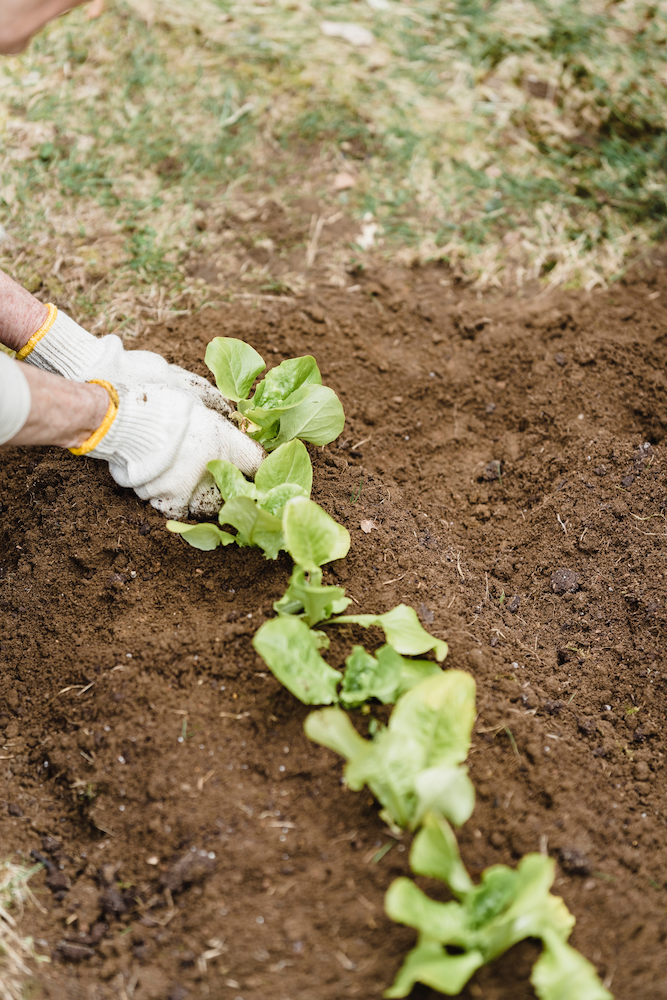In our previous blog, we offered some important information on what types of mulch to use in specific situations to ensure landscaping success. In Part 4 of our Six-Part Blog Series, we will be educating our readers on the subject of fertilization, including how and when it should be applied to promote healthy outdoor spaces.

Fertilization. When the Greenscape crew installed your new landscape, all plants were
fertilized and root stimulated at time of installation. Since plants in a residential landscape are placed within close proximity of each other, as stated earlier, additional fertilization is a key maintenance requirement for the life of your landscape. We strongly recommend application of fertilizer to all of your landscape plantings in both spring and fall.

- Spring Fertilization. As the growing season begins, root systems are actively absorbing moisture and nutrients from the soil to facilitate new growth. At this time we recommend root injection of liquid fertilizer for instant absorption as well as granular application at the soil surface for slow release application throughout the coming months. In the spring it is important to provide higher levels of potassium into the soil to promote blooming and the generation of summer flower buds. Granular surface application is best with a broad spectrum slow release fertilizer, we use 14-14-14 three month release, to provide a full range of nutrients throughout the growing season.

- Fall Fertilization. In the fall plant materials begin to store nutrients and harden off for the winter. A fall application of root zone injected fertilizer is the best application method as slow release products will still be active after your plants have hardened off for the season. A broad spectrum fertilizer is recommended for fall applications.
- As a reminder, Greenscape provides full fertilization services for landscape plantings at quite cost effective rates. As the equipment necessary to apply root injected liquids properly is quite expensive, this is an area we strongly encourage having professionally administered.
We don’t have to tell you about the importance of eating when you get hungry. The same holds true for landscape plantings and lawns. For we humans, getting fed is a simple task. This, however, is not so for gardens and the like. They can’t feed themselves, so please make sure you remember to feed and nurture all the living things in your care.
